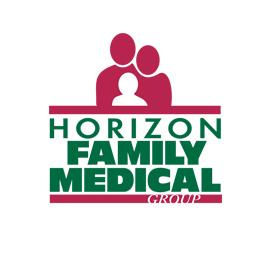Stroke is a serious medical condition that can strike unexpectedly, often without warning. By understanding stroke risks, recognizing its signs and symptoms, and taking prompt action, we can save lives and minimize the long-term effects of this devastating condition.
According to the CDC (Centers for Disease Control and Prevention), nearly 800,000 people in the US have a stroke each year. That’s a stroke every 40 seconds. What’s more alarming is that strokes can sneak up on us, affecting people of all ages, including young adults. While certain risk factors, such as age and family history, cannot be controlled, modifying lifestyle factors can reduce the likelihood of experiencing a stroke.
Recognizing the signs of a stroke is crucial for immediate action. The acronym FAST serves as a helpful guide:
- Face: Look for facial drooping or weakness on one side.
- Arms: Check if one arm drifts downward when both arms are raised.
- Speech: Listen for slurred speech or difficulty speaking and understanding.
- Time: Act quickly. Time is of the essence when it comes to stroke. Call emergency services immediately if you or someone you know is experiencing these symptoms. From the CDC: “Patients who arrive at the emergency room within 3 hours of their first symptoms often have less disability 3 months after a stroke than those who received delayed care.”
Prevention is key to reducing the risk of strokes. Adopting a healthy lifestyle can make a significant difference. Take a look at some of the prevention techniques below:
- Control blood pressure: High blood pressure is a significant risk factor for strokes. Regular monitoring, medication adherence, and lifestyle modifications, such as a balanced diet and regular exercise, can help maintain healthy blood pressure levels.
- Manage diabetes: Individuals with diabetes are more prone to strokes. Keeping blood sugar levels under control through proper medication, diet, and exercise is crucial.
- Maintain a healthy diet: A diet rich in fruits, vegetables, whole grains, lean proteins, and low in saturated fats, sodium, and added sugars helps reduce stroke risk.
- Stay physically active: Engaging in regular exercise, such as walking, swimming, or cycling, can improve cardiovascular health and reduce the likelihood of stroke.
If you suspect someone is having a stroke, act swiftly:
- Call emergency services immediately to ensure professional medical assistance arrives promptly.
- Stay with the person and provide reassurance. Keep them calm and comfortable while waiting for medical help.
- Do not give the person anything to eat or drink, as it may hinder medical treatment.
- Note the time when symptoms first appeared. This information is critical for medical professionals to determine the most appropriate treatment options.
By understanding the risks, recognizing the signs, and taking preventive measures, we can reduce the impact of strokes on our lives and our loved ones. Stay informed, spread awareness, and prioritize your health to protect against this silent threat.

